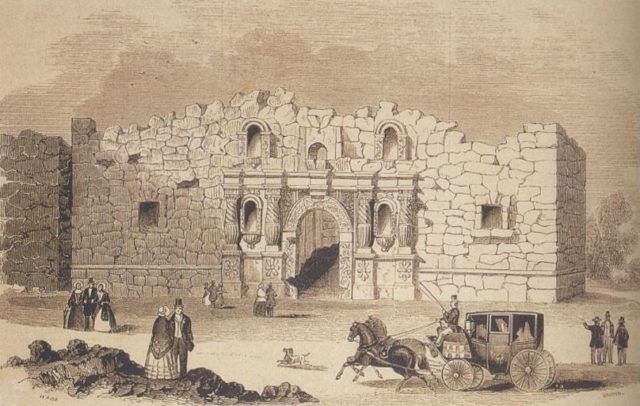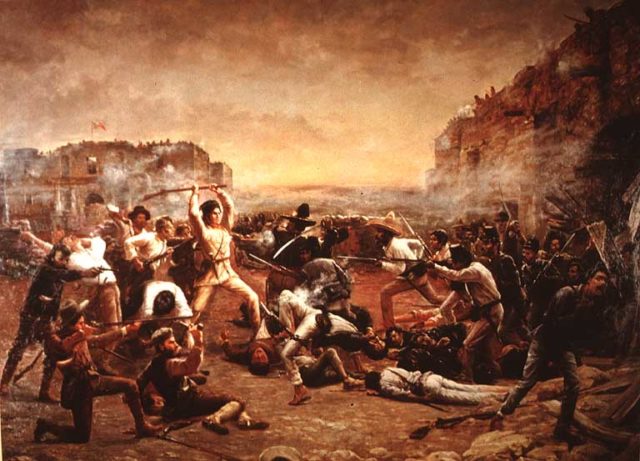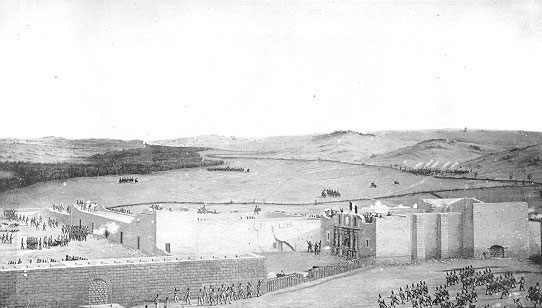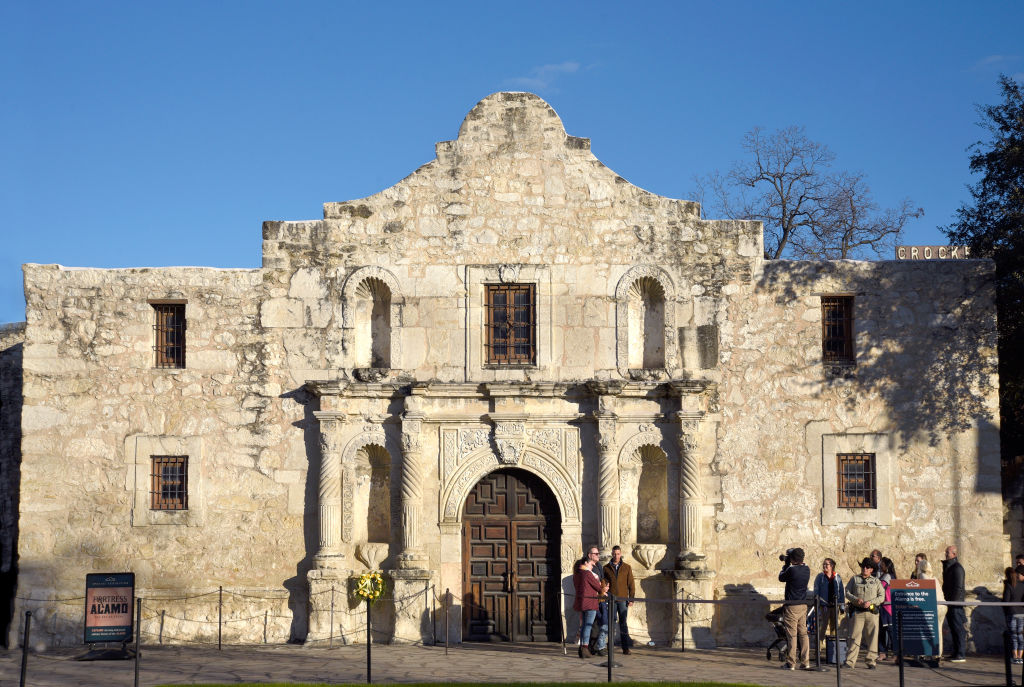The Alamo: Plans by the city of San Antonio and the State of Texas to develop the precinct around the Alamo have come to a grinding halt with the discovery of three graves in the church of the Alamo.
The uncovering of the tombs has brought the thorny issue of Native-American Burial Grounds back into the public domain.
The authorities had commenced on a $450 million development to upgrade this historical location, which is the site of the famous Battle of the Alamo that took place in 1836.
In this battle, approximately 200 defenders, known as Texians, held off 2,000 Mexican soldiers. The Texians, who included Davy Crockett and Jim Bowie, lost this fight with nearly all the defenders killed in the 13-day battle.

This led to Texas joining the United States of America in 1846 and was the origin of the famous battle cry “Remember the Alamo.”
The Alamo was originally a Spanish mission, Misión San Antonio de Valero, built in the 18th Century. It was intended as an education center for Native Americans once they had been converted to Catholicism by the missionaries stationed at the mission.
The mission was also the custodian of a cemetery, primarily for Native Americans, who converted to Catholicism before they died.
Estimates supplied by the Native Americans indicate that there could be as many as 1,300 people buried in the vicinity of the church.

Opponents to this proposed redevelopment include many Native American peoples who have argued that the plan does not consider the relevance of the area before the battle of 1846.
These groups have instituted a legal action against the developers, and now with the discovery of the bodies of a large adult, an infant, a young adult, and a teenager has added impetus to the calls for the project to be reconsidered.
The bodies were found in the nave of the church and in the Monk’s Burial Room, which is located inside the church at the Alamo.
The Texas General Land Office is the owner of the church and the building known as the Long Barracks. These two buildings are the only two that have survived in their original state since the 1836 siege.
The discovery of the bodies happened by accident when moisture monitoring instruments were being fitted to the church, and excavations were conducted to find and accurately document the foundations of the church.
No accurate documentation exists for the original plans of this 300-year-old building.
With the discovery of the bodies, all work on the redevelopment was halted to ensure that the human remains found could be appropriately protected.
The protocols around the protection of human remains have been used before in this area when remains were found in 1995 and earlier in 1989.
Those opposing the development say that the full extent of the burial ground should be discovered, and that the redevelopment must consider the history associated with the site before the famous battle.
These groups maintain that the city and the state have only memorialized the siege and have excluded the mission buildings as a center of Christian activity and a burial ground for Native American Christians.

The protocols around the handling of the human remains, in this instance, consider them individuals and not part of a greater cemetery.
A member of San Antonio’s Historic Design and Review Commission, Gabriel Velasquez, told an interview with Live Science that if the developers are dealing with a cemetery, then it is not honest to treat these remains as individuals and not part of a burial ground.
He went on to say that the battle that occurred at the Alamo deserved to be commemorated, but then so did the earlier Christian history of the area.
A Sniper Hid Inside a Papier-Mache Horse in No-Mans Land
It is not possible to know what the extent of the graveyard could be until a full archaeological survey of the entire area is completed. Velasquez is convinced that these remains are part of a more extensive burial ground.
